Situated in the breathtakingly beautiful town of Chamba in Himachal Pradesh, the Bhuri Singh Museum is the epitome of culture and heritage, and a repository of the region’s history. The museum was set up in 1908 and named after Raja Bhuri Singh of Chamba, a great ruler who took considerable interest in its construction. Housing an expansive collection of artefacts, manuscripts, coins, and paintings, the Bhuri Singh Museum offers a view into the resplendent royal past and the artistic brilliance of the Chamba Valley.
Bhuri Singh Museum Location
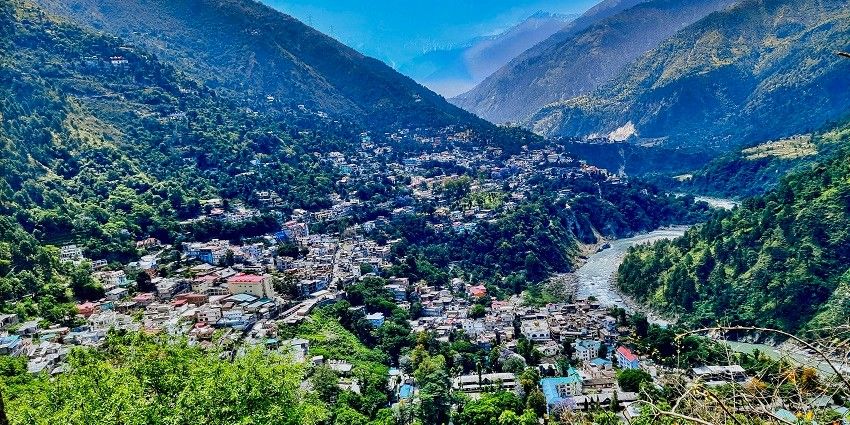
Photo: ms Sarah Welch / Wikimedia Commons
The Bhuri Singh Museum is in the heart of Chamba town in the Himachal Pradesh state of India. Chamba is a beautiful town lying on the banks of the Ravi River and surrounded by the majestic Himalayas. With its central location, this museum is an ideal spot for tourists who roam around the town and explore its rich heritage.
Suggested Read: Top Things To Do In Chamba For An Ultimate Holiday Adventure
How To Reach Bhuri Singh Museum
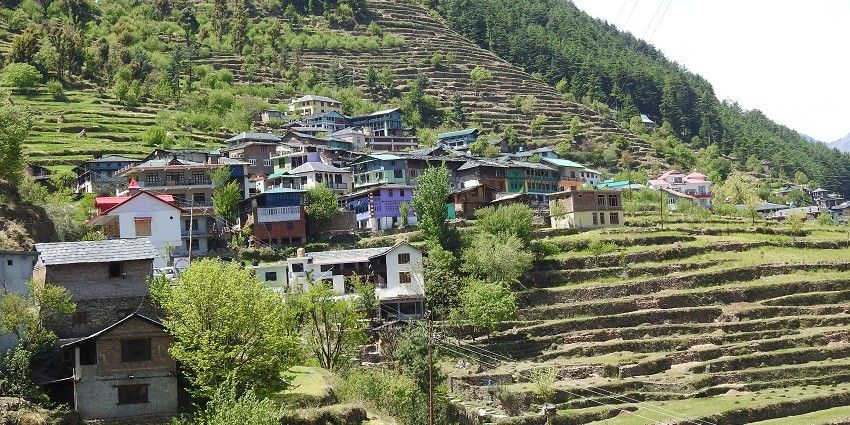
Photo: Harvinder Chandigarh / Wikimedia Commons
By Air: The nearest airport to the Bhuri Singh Museum is Gaggal Airport, Kangra, about 130 km away. You can take a taxi from the airport or a bus to Chamba. The trip takes about 4-5 hours, and on the way, you can see beautiful views of the Himalayan foothills.
By Bus: Chamba is connected by road to major cities like Delhi, Chandigarh, and Shimla. Normal bus services operate from these places to Chamba. Once you reach the Chamba bus stand, the museum is only a short walk or a brief rickshaw ride away.
By Rail: The nearest railway station to the Bhuri Singh Museum is the Pathankot Railway Station, which is about 120 kilometres from Chamba. You can reach Chamba from Pathankot by hiring a taxi or taking a bus. The road journey from Pathankot to Chamba takes around 4 hours, passing through green valleys and calm villages.
Places to Visit Around Bhuri Singh Museum
Here is the list of 5 popular places to visit around the Bhuri Singh Museum:
1. Chamunda Devi Temple
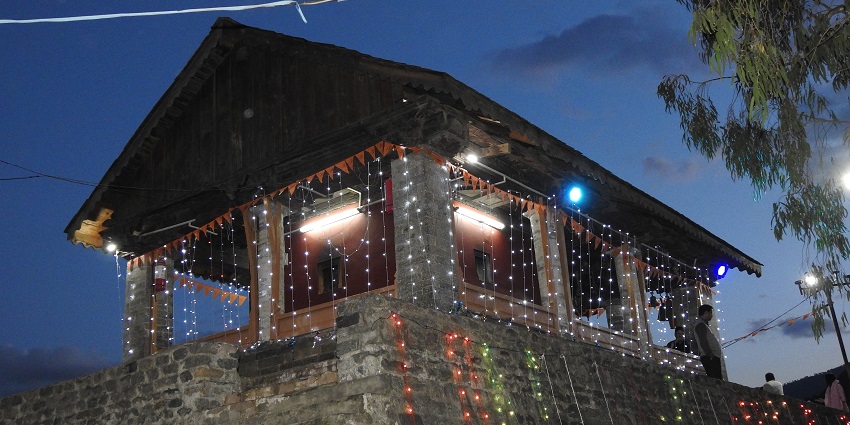
Photo: Harvinder Chandigarh / Wikimedia Commons
Situated on the top of a hill, with an all-encompassing view of Chamba town, is an ancient shrine of Chamunda Devi, dedicated to Goddess Chamunda, the fierce form of Goddess Durga. Lying amidst dense forests and serene landscapes, this temple is a peaceful retreat for devotees and tourists alike. Its architecture depicts the traditional Himachali style in its purest form, featuring wooden carvings and a slate-roofed edifice. The serenity is accompanied by a spiritual aura, making it an idle place for meditation and reflection.
Timings: 6 AM – 8 PM
Entry Fee: Free
Suggested Read: The History And Significance Of Popular Himachal Temples
2. Laxmi Narayan Temple
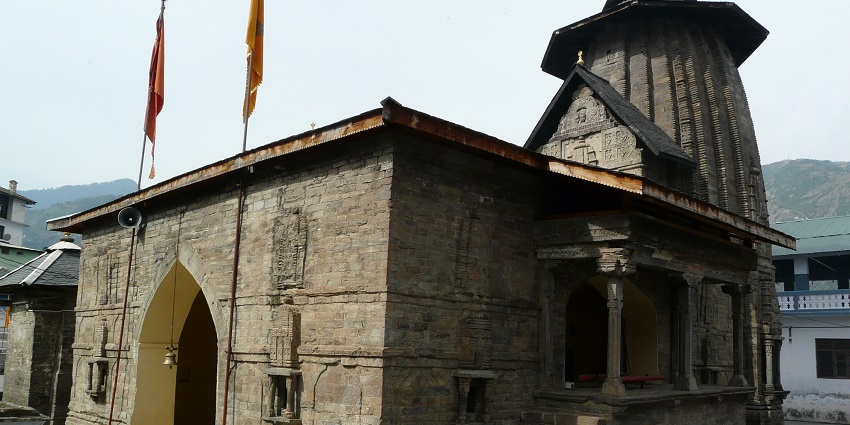
Photo: Varun Shiv Kapur / Wikimedia Commons
Laxmi Narayan Temple is one of Chamba’s oldest and most significant temples, an essential religious place and one of the finest. The temple was built in the 10th century by Raja Sahil Varman under the aegis of Lord Vishnu and Goddess Laxmi. It has beautiful stone carvings depicting fine detailing and a typical shikhara tower like all other North Indian temples. This temple complex contains six shrines that face different deities and are of great spiritual importance. It is not just the religious value that attracts visitors to this temple but also its historical and architectural brilliance.
Timings: 6 AM – 12:30 PM, 2:30 PM – 8:30 PM
Entry Fee: Free
3. Rang Mahal
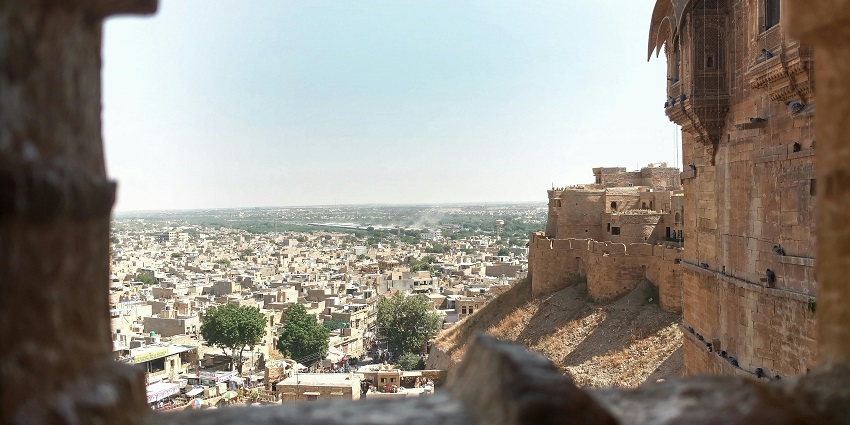
Photo: Narassima M S / Pexels / Image For Representation Only
One of Chamba’s most significant historical palaces, Rang Mahal, is a magnificent expression of Mughal and British architectural styles. It was built during the mid-18th century by Raja Umed Singh to provide a royal residence. A museum and an emporium are ensconced within this fine palace today, showcasing an enriching series of artefacts, like ancient paintings, textiles, and costumes. This imposing red façade palace is profuse with arched windows and balconies speaking volumes of the luxury of its times. Rang Mahal has a counter catering to local handicrafts and souvenirs for visitors.
Timings: 10 AM – 5 PM (Closed on Sundays)
Entry Fee: INR 10
Suggested Read: Top Places To Visit In Himachal Pradesh For Your Next Vacation
4. Akhand Chandi Palace
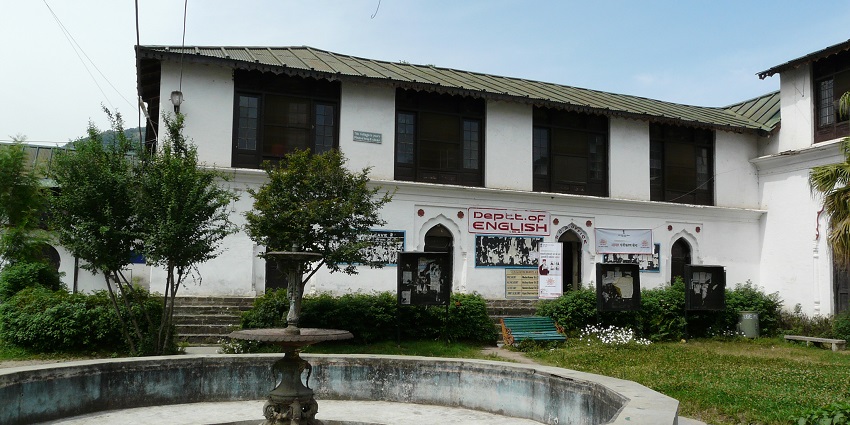
Photo: Varun Shiv Kapur / Wikimedia Commons
Akhand Chandi Palace is a splendid structure in Chamba that was built by Raja Umed Singh in the 18th century. It is a marvellous structure with a fusion of Mughal and British architecture that has elaborately carved wooden balconies, expansive courtyards, and fronts of the beautiful Chamba Valley. Although parts of the palace have been turned into a Government college, significant portions remain open to visitors. One can walk through the decorated corridors and rooms that reflect an air of the royal life of the rulers of Chamba.
Timings: 10 AM – 5 PM
Entry Fee: Free
5. Sui Mata Temple

Photo: Varun Shiv Kapur / Wikimedia Commons / Image For Representation Only
The Sui Mata Temple is a place of spiritual and historical importance dedicated to the local queen. People remember and revere Queen Sui for her self-sacrifice in saving people from Chamba, and this temple on top of Shah Madar Hill has been dedicated to her memory. It is known for its tranquil atmosphere and excellent views of the surrounding valleys. Every year, during the Sui Mela, this temple serves as the centre of activities. Devotees and tourists visit Sui Mata Temple to worship and participate in the local festival every year.
Timings: 6 AM – 8 PM
Entry Fee: Free
Suggested Read: Explore The Rich Heritage At Himachal State Museum In Shimla
Where To Stay Around Bhuri Singh Museum
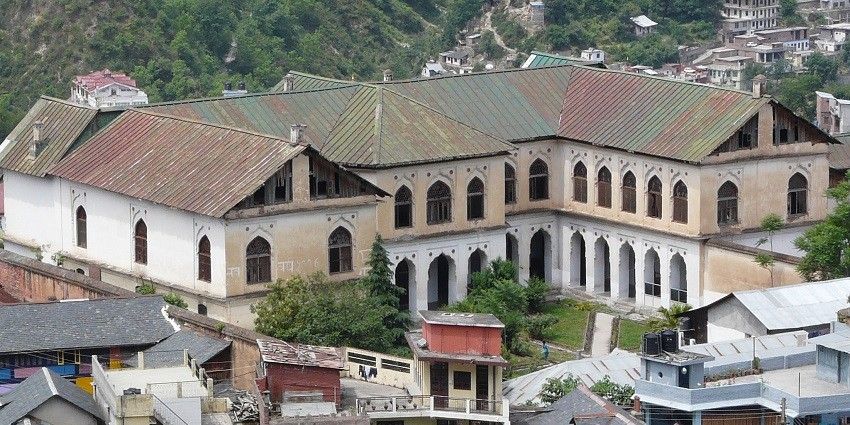
Photo: Varun Shiv Kapur / Wikimedia Commons / Image For Representation Only
Although accommodation around Bhuri Singh Museum is unavailable, Chamba has many hotel options that suit different wallet sizes. From luxurious heritage hotels like Hotel Iravati to budget guesthouses and homestays, visitors can get comfortable lodging arrangements around the museum. Accommodations here offer beautiful views of the surrounding mountains and access to the main tourist spots in Chamba.
Where To Eat Around Bhuri Singh Museum
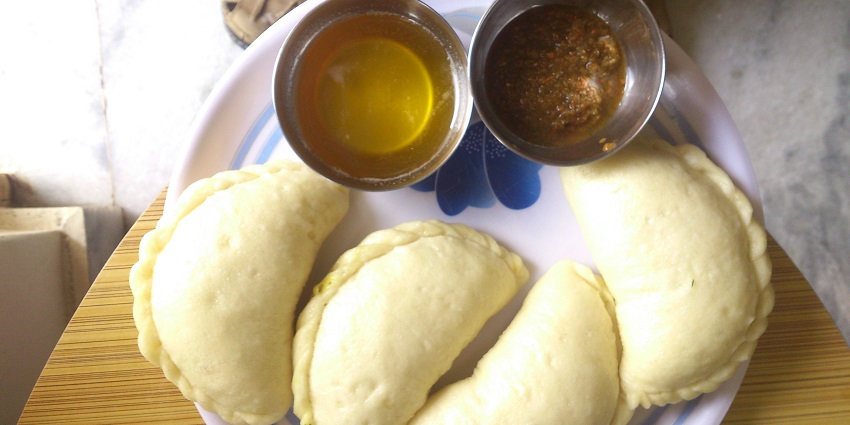
Photo: Nilesh Agnihotri / Wikimedia Commons
Chamba fits as many as several eateries and restaurants into its offerings, each offering a delightful blend of the local Himachali cuisine and popular Indian dishes. You can go for an authentic Himachali meal at Aroma Restaurant or Kwality Restaurant near the Bhuri Singh Museum. If you want something light, head to the Café Ravi View for snacks or beverages.
Suggested Read: Top Things To Do In Himachal Pradesh
Best Time To Visit Bhuri Singh Museum
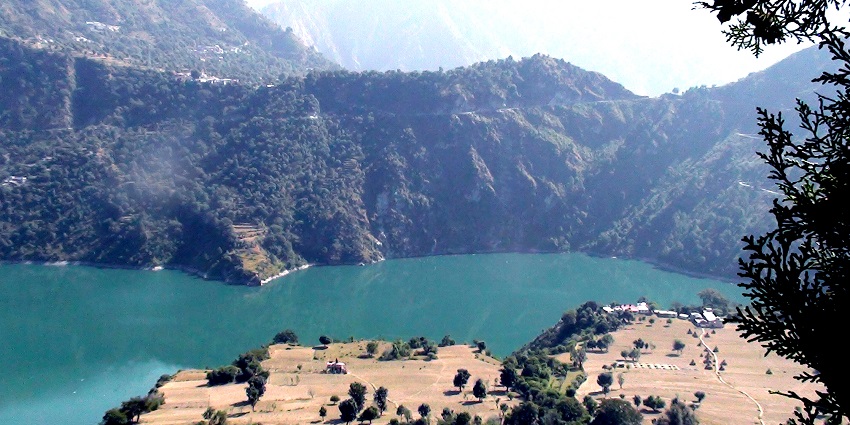
Photo: Sridhar Rao / Wikimedia Commons
The best Time to Visit Bhuri Singh Museum is from March to June and September to November. During these months, pleasant temperatures between 15°C and 25°C provide the utmost comfort while going on a sightseeing spree. Summer is the best time to escape the heat of plains, and autumn brings clear skies with crisp air—hence ideal for photography and outdoor activities.
Other Factors To Consider
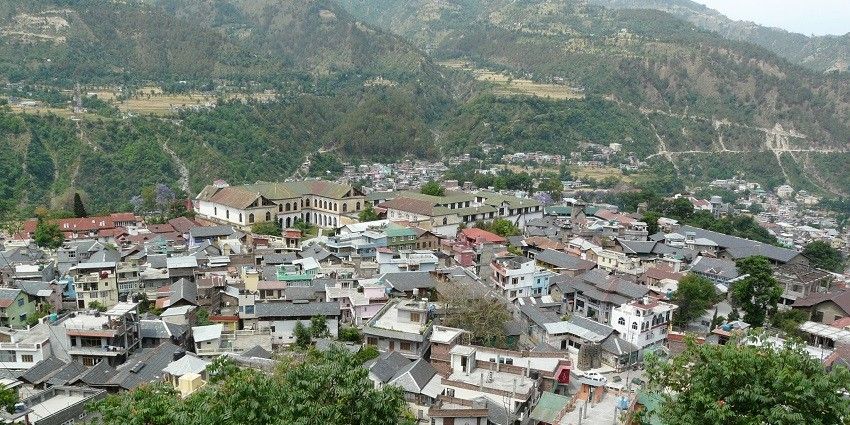
Photo: Varun Shiv Kapur / Wikimedia Commons
Average Cost Of The Trip
A visit to Bhuri Singh Museum and Chamba is quite cheap. There is an entry fee to the Army Heritage Museum of INR 50. The budget traveller can thus afford an overall expense of about INR 5,000 to INR 7,000 for a two-day visit with decent accommodation, boarded meals, and local commutes. For a more luxurious affair, it would increase to INR 10,000-15,000.
Tips For Travellers
- Carry warm clothing, especially if visiting during the early morning or late evening, as the temperature can drop significantly.
- Photography is allowed inside the museum, but the artefacts and other visitors are respected.
- Plan your visit early to avoid the crowds and maximize your experience.
- Don’t miss the local markets in Chamba, where you can purchase traditional handicrafts and souvenirs.
- Hire a local guide to gain a deeper insight into the history and significance of the museum’s exhibits.
- Read the guidelines before clicking photos at Bhuri Singh Museum.
Suggested Read: Top Offbeat Places In Himachal Pradesh For Fresh Mountain Air
The Bhuri Singh Museum represents a journey in time that brings out Chamba’s magnificent tapestry of culture and history. A visitor, whether an avid historian or merely someone curious about heritage, will find his experience inside the Bhuri Singh Museum very rewarding. Pay a visit to this exciting museum while planning your trip. Reserve your trip with TripXL to make your travel experience smooth and enjoyable.
Cover Photo: Joe Mabel / WIkimedia Commons / Image For Representation Only


 WhatsApp
WhatsApp
 Twitter
Twitter









